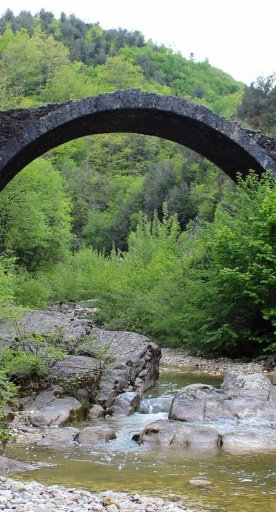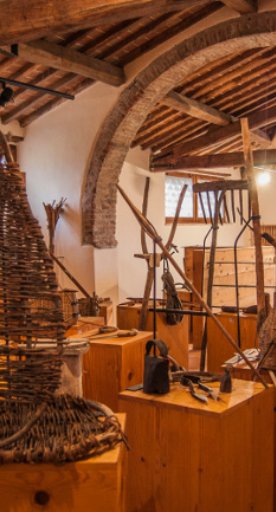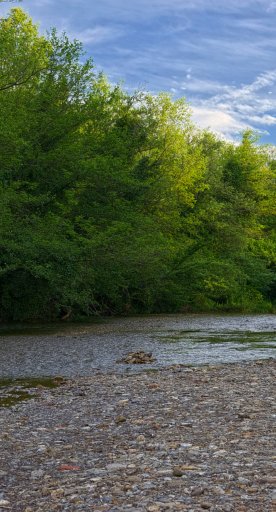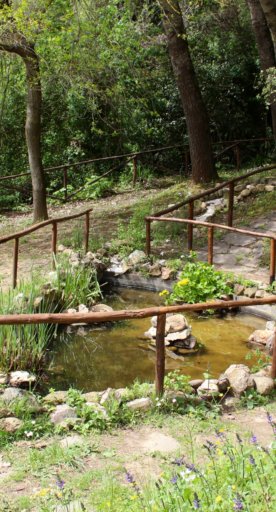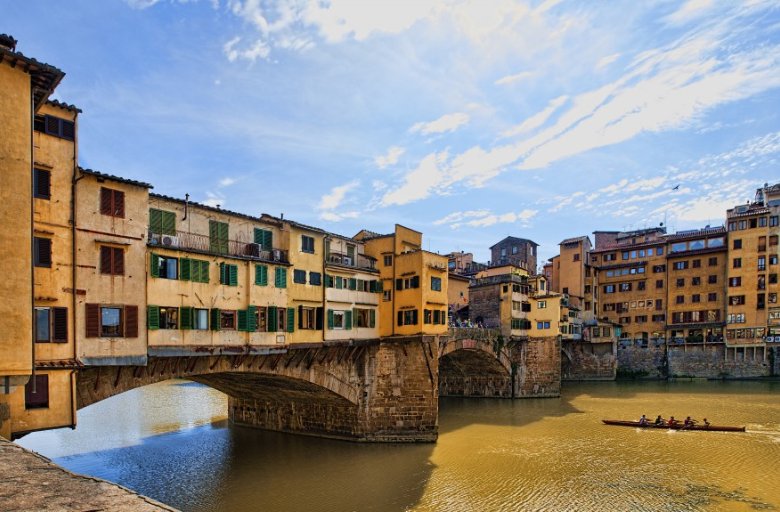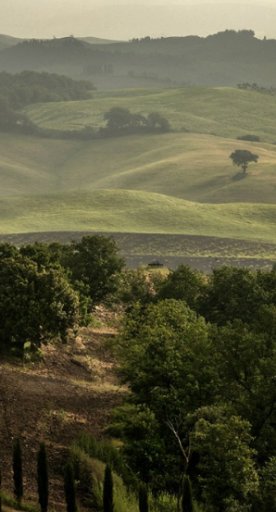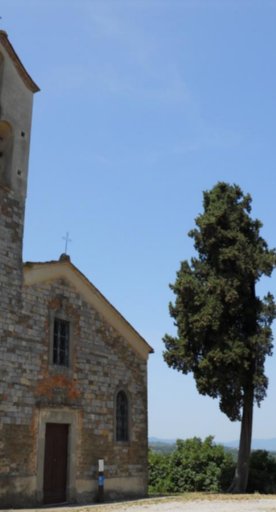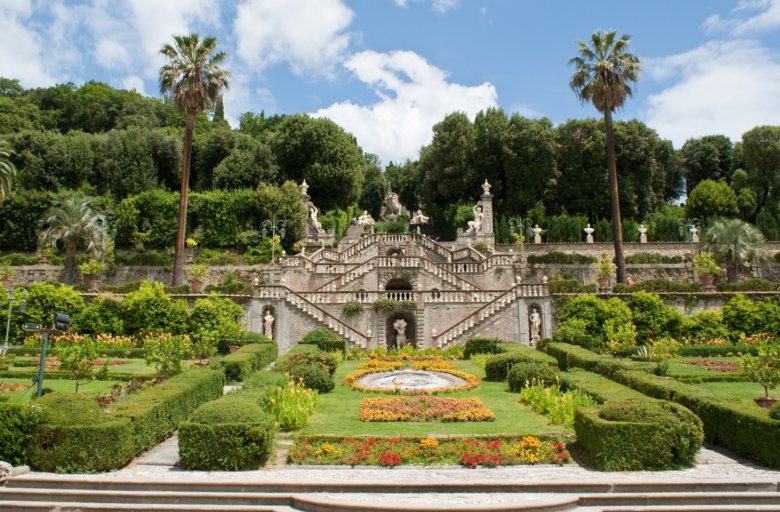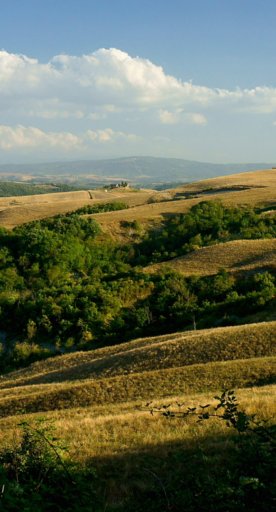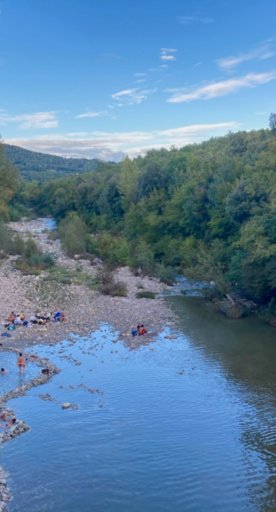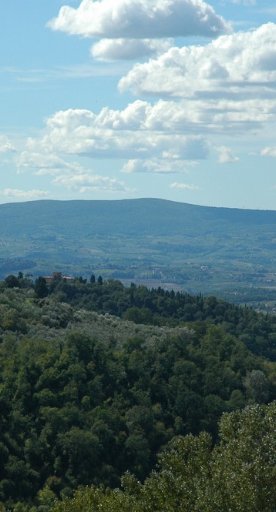
Sovicille
Nestled in the Sienese hills sits a cluster of parish villages where time seems to stand still
The region of Sovicille is crossed by a series of rolling hills culminating in the Montagnola Senese and is largely covered by forests, its natural beauty still very much intact. To the south, where the Merse River flows, the Upper Merse Nature Reserve protects the rich and varied land and water fauna.
In the Middle Ages, Sovicille was a borderland, first a center of the disputes between the bishoprics of Siena and Volterra and later for the conflict between the Sienese State and the Ardengheschi noble family, whose dominion extended from the Maremma to just a few miles outside Siena. Its flourishing economy is evidenced by the large number of medieval buildings that have outlived it: castles, hamlets, farms and country homes that are by now isolated, but which were once part of a village.
What to see in Sovicille
Sovicille’s historic centre, located atop an elevation at the base of the Montagnola and encircled by a 15th-century wall, was also home to a castle owned by the Bishop of Siena in the 12th century.
A short distance away sits the historic Parish church of Ponte allo Spino, one of the most interesting Romanesque rural churches in Tuscany: in the adjacent courtyard, the remains can be seen of a 13th-century cloister and Sienese-style mullioned windows of a building where the bishops spent their vacations. The Ethnographic Museum of the Orgia Forest, dedicated to the concept of the forest as an environment and resource in the economy and sharecropping life.
Sovicille’s historic centre, located atop an elevation at the base of the Montagnola and encircled by a 15th-century wall, was also home to a castle owned by the Bishop of Siena in the 12th century.
A short distance away sits the historic Parish church of Ponte allo Spino, one of the most interesting Romanesque rural churches in Tuscany: in the adjacent courtyard, the remains can be seen of a 13th-century cloister and Sienese-style mullioned windows of a building where the bishops spent their vacations. The Ethnographic Museum of the Orgia Forest, dedicated to the concept of the forest as an environment and resource in the economy and sharecropping life.
Nearby
The whole of the Siena Area that surrounds the city of the same name is full of enchanting landscapes, historic traditions and picturesque villages. One such village is Rosia, where, in its historic street, is another Romanesque church whose bell tower is embellished with a vertical succession of single, double, triple and four lancet windows. In the wild, woody valley of the Rosia river, the breathtaking Pia Bridge recalls the Sienese noblewoman Pia de ‘Tolomei, a character in Dante’s Purgatory. Legend has it that her ghost still appears here during certain moonlit nights.
Various other Romanesque churches are scattered around Sovicille. Those that have best retained their original appearance include the parish church of San Giusto a Balli, with its 10th century apse; that of Molli, the centre of a medieval town that enveloped a large chunk of Montagnola; that of Pernina, centre of another town from the same period; and the rectory of Trecciano, which hasn’t changed since the 13th century.
We also highly recommend a visit to Torri, with its medieval layout still very much intact. It was once celebrated for its rich abbey, from which you can see the 14th century basilica and a stunning cloister with three overlapping rows of columns, the first stone from the 13th century, the second in terracotta from the 14th century, and the last in wood from the 15th century.
But other small villages also have their own appeal. Stigliano has its three hills full of towers and forts; the Merse river gently laps against Brenna’s shores, making it a brilliant summer destination; Orgia was once home to a magnificent Ardengheschi castle, of which today only a small tower remains; Anciano has its beautiful church credited to Badlassarre Peruzzi’s design; and Simignano has its Romanesque church.
There are countless castles to visit, including Montarrenti (two towers and parts of the mighty walls still remain), Castiglion che Dio sol sa (lost in the woods, as its name – meaning Castiglion that only God knows – suggests), Capraia (which is also in the middle of the woods, towering over a hill), Celsa with its fairytale-like and elegant Renaissance garden, Palazzalpiano, Poggiarello and many, many others.
There are countless villas of historic Sienese families, but Cetinale is undoubtedly a stand-out. Built in the second half of the 17th century by Cardinal Flavio Chigi, it has a garden from the same period and a park named the Tebaide. The Romitorio overlooks it on top of a hill, built in the following century and accessible via a long, steep trail of steps in the woods – but the walk is worth it for the incredible view.
The whole of the Siena Area that surrounds the city of the same name is full of enchanting landscapes, historic traditions and picturesque villages. One such village is Rosia, where, in its historic street, is another Romanesque church whose bell tower is embellished with a vertical succession of single, double, triple and four lancet windows. In the wild, woody valley of the Rosia river, the breathtaking Pia Bridge recalls the Sienese noblewoman Pia de ‘Tolomei, a character in Dante’s Purgatory. Legend has it that her ghost still appears here during certain moonlit nights.
Various other Romanesque churches are scattered around Sovicille. Those that have best retained their original appearance include the parish church of San Giusto a Balli, with its 10th century apse; that of Molli, the centre of a medieval town that enveloped a large chunk of Montagnola; that of Pernina, centre of another town from the same period; and the rectory of Trecciano, which hasn’t changed since the 13th century.
We also highly recommend a visit to Torri, with its medieval layout still very much intact. It was once celebrated for its rich abbey, from which you can see the 14th century basilica and a stunning cloister with three overlapping rows of columns, the first stone from the 13th century, the second in terracotta from the 14th century, and the last in wood from the 15th century.
But other small villages also have their own appeal. Stigliano has its three hills full of towers and forts; the Merse river gently laps against Brenna’s shores, making it a brilliant summer destination; Orgia was once home to a magnificent Ardengheschi castle, of which today only a small tower remains; Anciano has its beautiful church credited to Badlassarre Peruzzi’s design; and Simignano has its Romanesque church.
There are countless castles to visit, including Montarrenti (two towers and parts of the mighty walls still remain), Castiglion che Dio sol sa (lost in the woods, as its name – meaning Castiglion that only God knows – suggests), Capraia (which is also in the middle of the woods, towering over a hill), Celsa with its fairytale-like and elegant Renaissance garden, Palazzalpiano, Poggiarello and many, many others.
There are countless villas of historic Sienese families, but Cetinale is undoubtedly a stand-out. Built in the second half of the 17th century by Cardinal Flavio Chigi, it has a garden from the same period and a park named the Tebaide. The Romitorio overlooks it on top of a hill, built in the following century and accessible via a long, steep trail of steps in the woods – but the walk is worth it for the incredible view.
